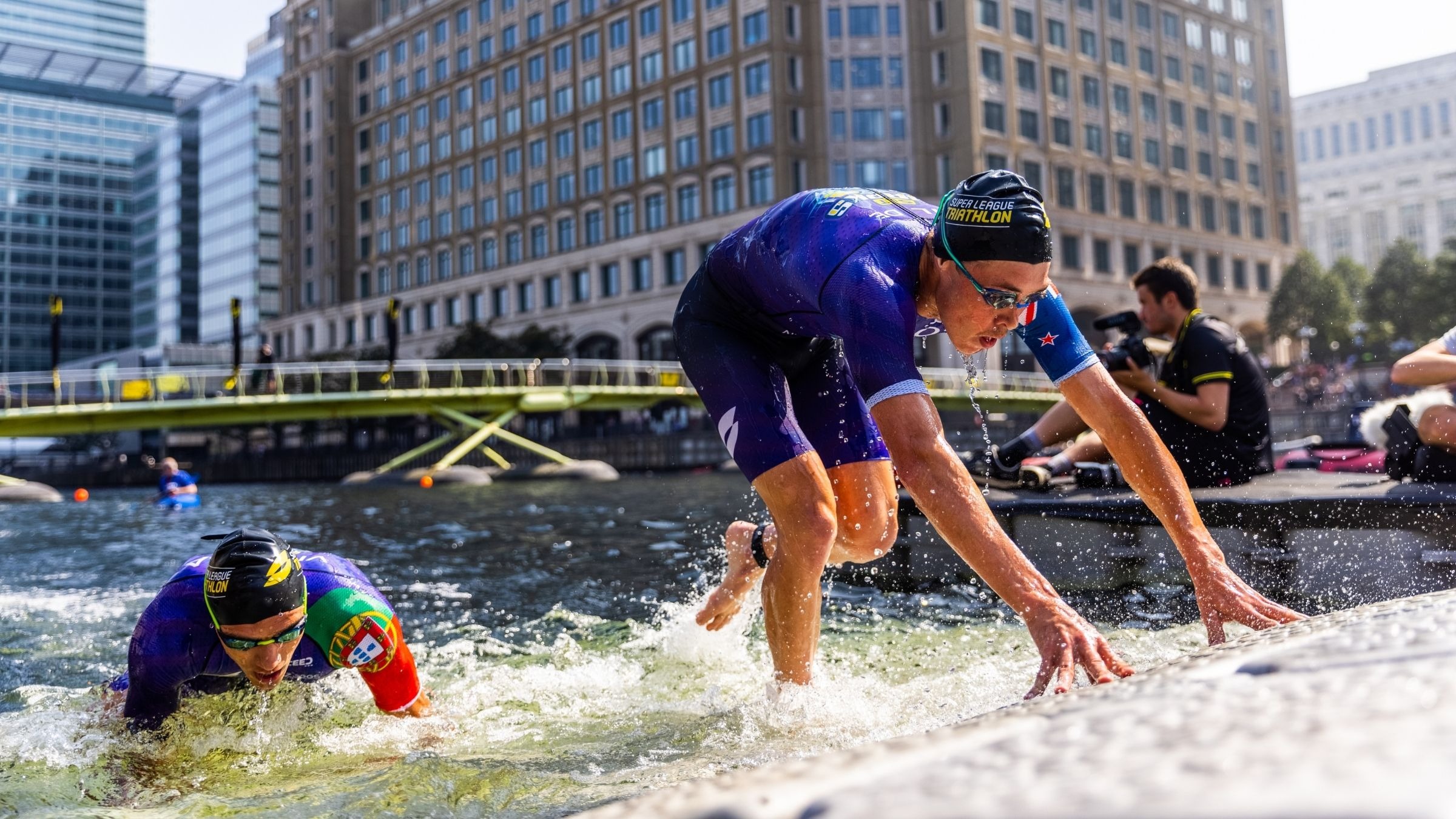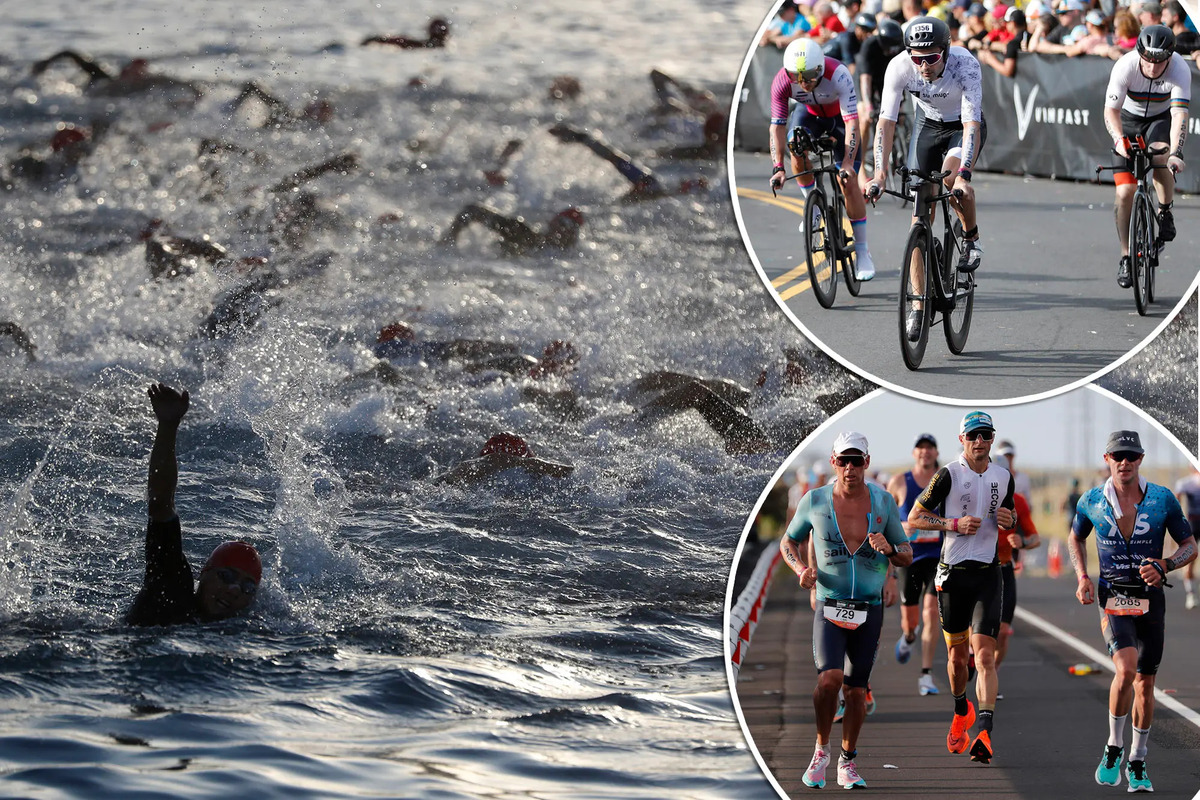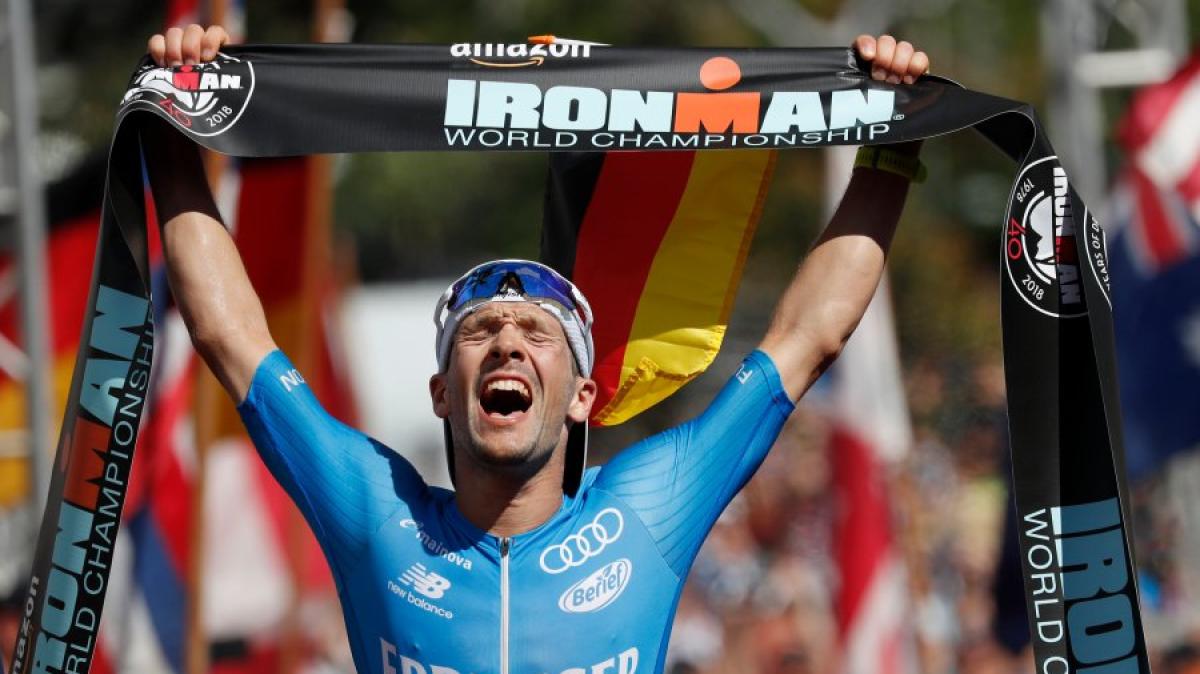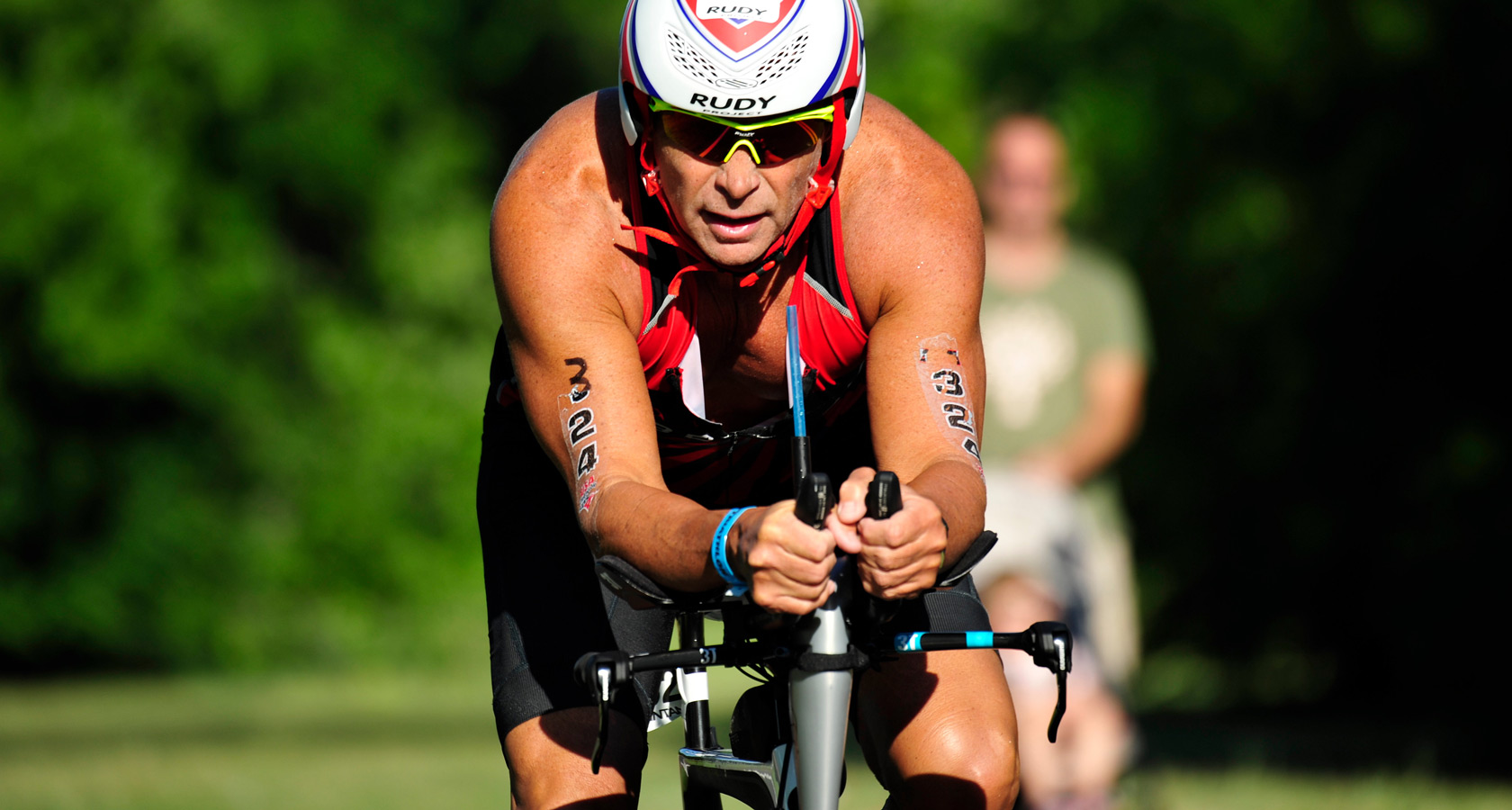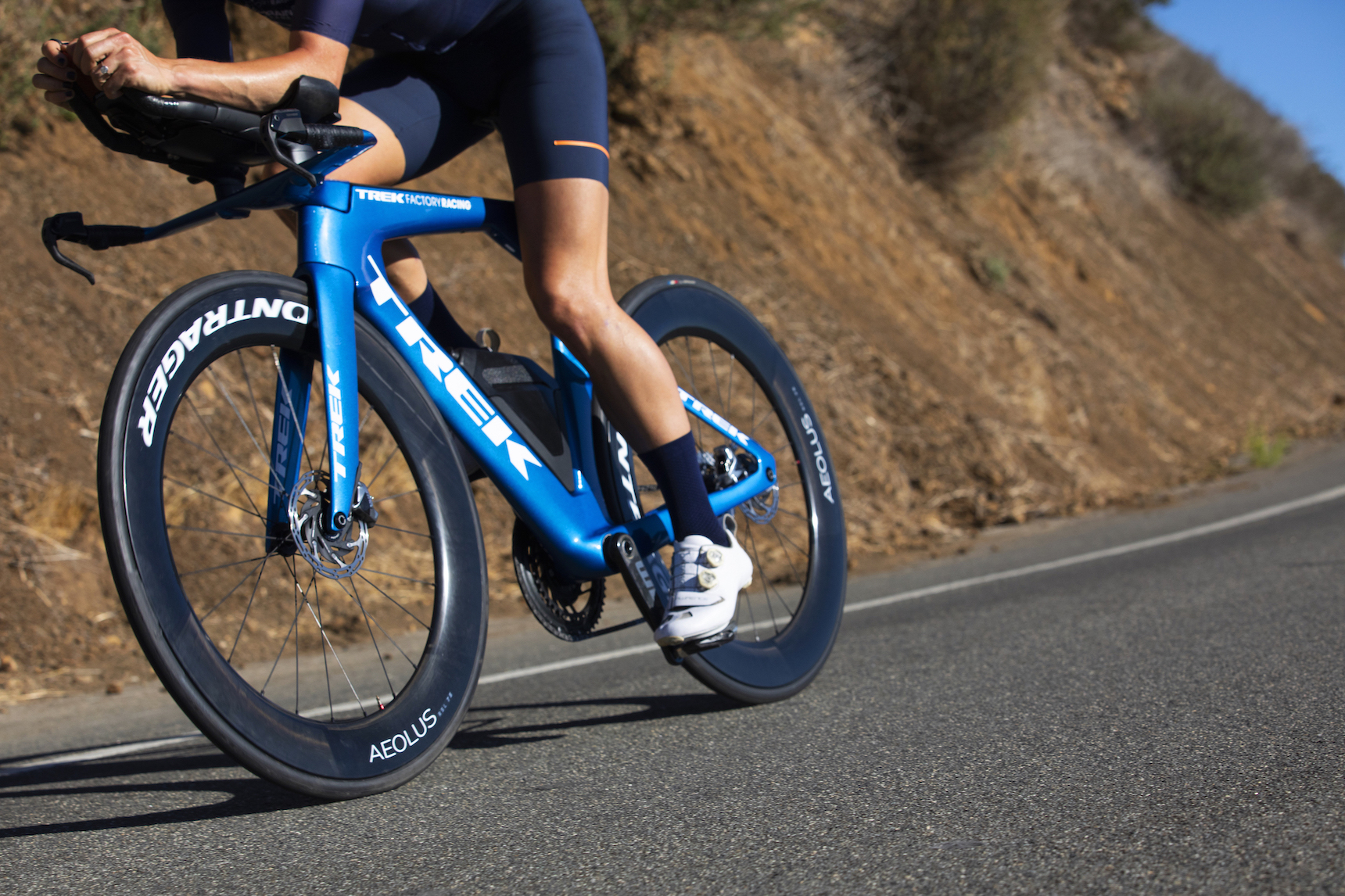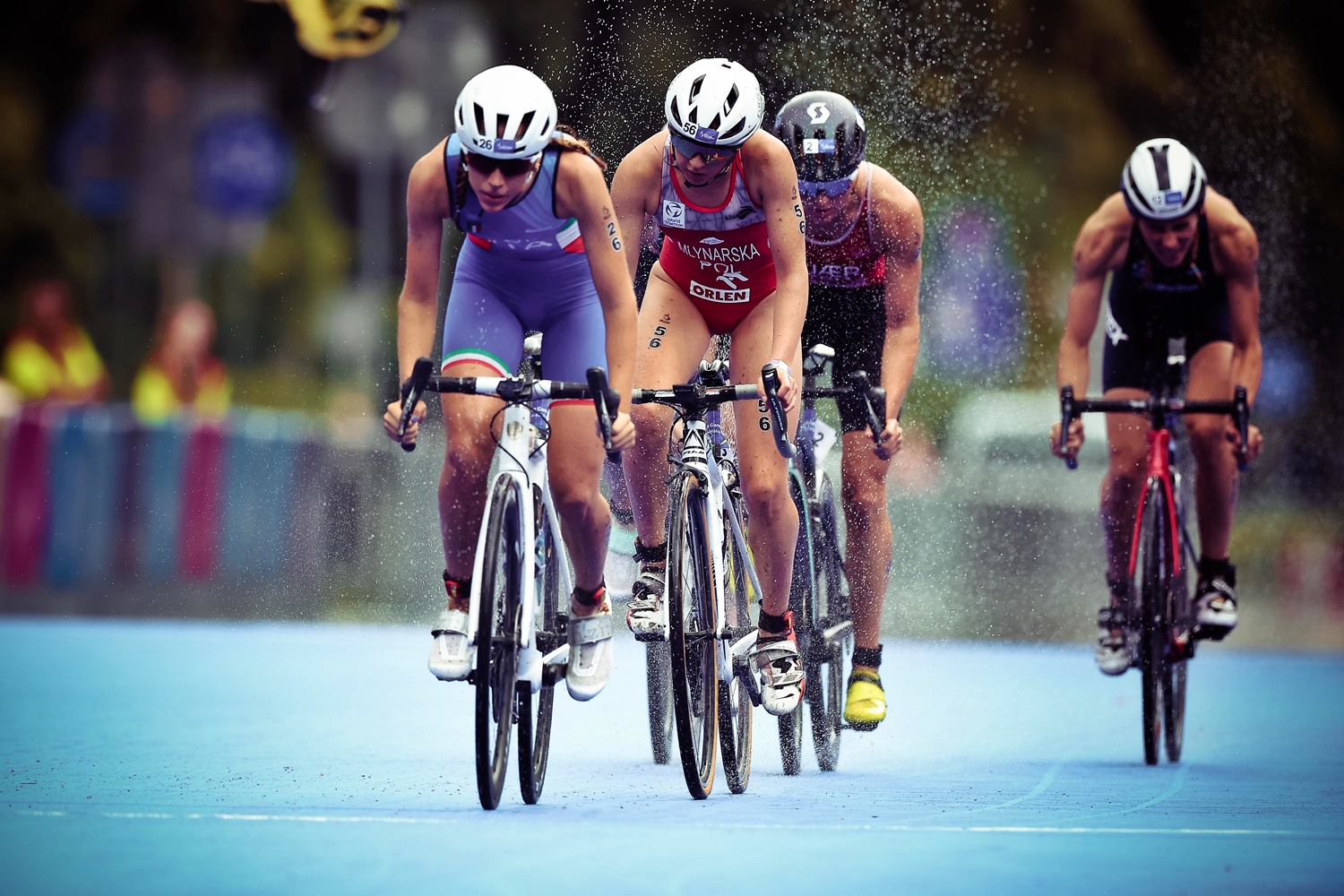Home>Misc>Featured>What Materials Do The Stryker Triathlon Total Knee System Consist Of
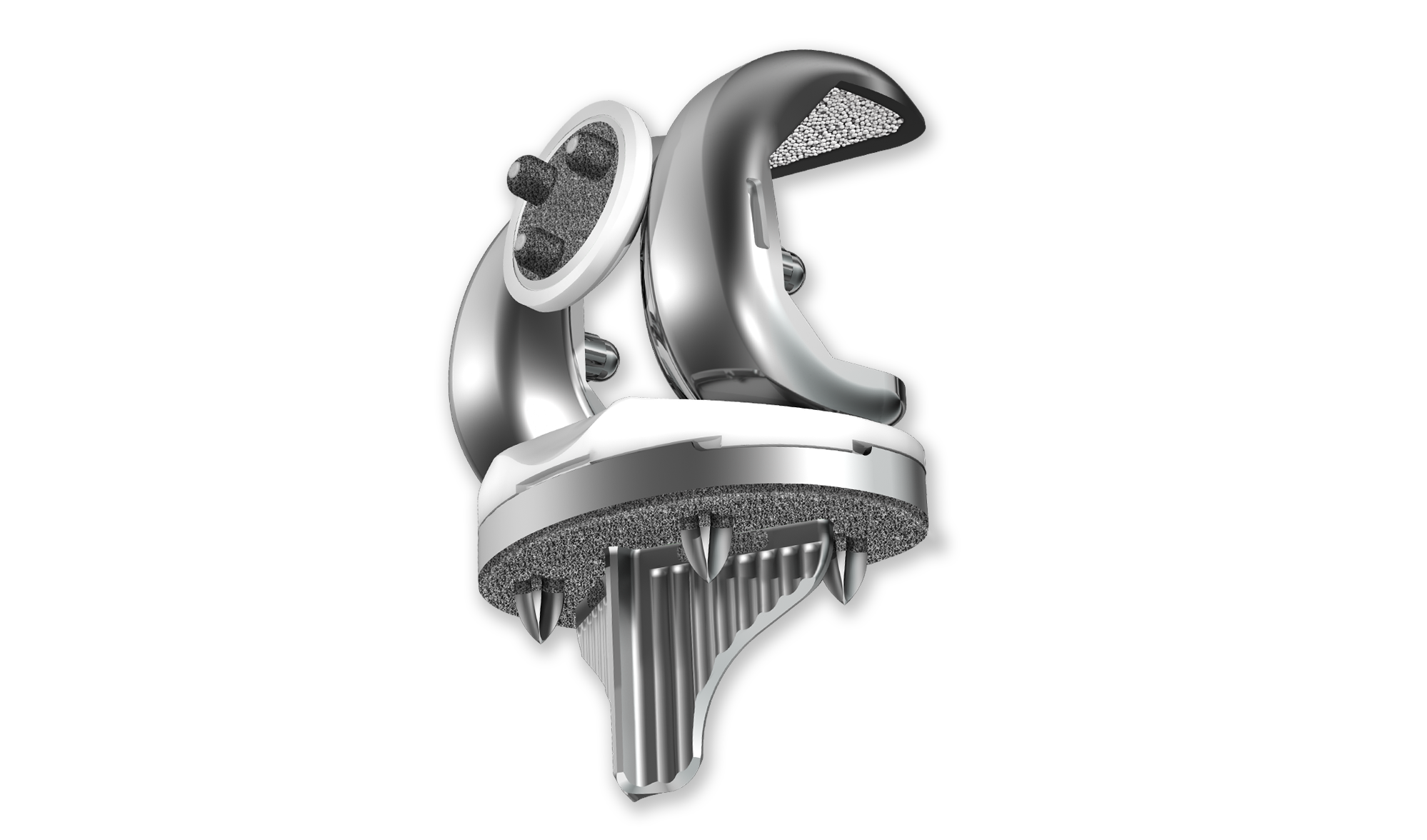

Featured
What Materials Do The Stryker Triathlon Total Knee System Consist Of
Published: September 16, 2023
Discover the featured Stryker Triathlon Total Knee System and learn about the materials it consists of, ensuring optimal performance and long-lasting durability.
Introduction
Welcome to our comprehensive guide on the materials used in the Stryker Triathlon Total Knee System. In today’s world, knee replacement surgeries have become increasingly common due to the rising prevalence of osteoarthritis and other knee-related conditions. The Stryker Triathlon Total Knee System is a trusted and innovative solution designed to provide patients with improved mobility and long-lasting functionality.
Throughout the years, advancements in technology have contributed to the development of more durable and biocompatible materials for knee implants. These materials play a crucial role in ensuring the success and longevity of the implant, as well as the overall satisfaction of the patient.
In this article, we will delve into the composition of the Stryker Triathlon Total Knee System, explore the main components, and shed light on the materials used in its construction. Furthermore, we will discuss the benefits offered by these materials and how they contribute to the overall success of the system.
Understanding the materials used in the Stryker Triathlon Total Knee System will not only empower patients with knowledge but also enable them to make informed decisions about their knee replacement surgery. So, without further ado, let’s jump into the fascinating world of materials science and explore the wonders behind this innovative knee system.
Overview of Stryker Triathlon Total Knee System
The Stryker Triathlon Total Knee System is a state-of-the-art implant designed to provide patients with enhanced stability, natural motion, and improved functionality during knee replacement surgeries. It is engineered using cutting-edge technology and materials to ensure optimal performance and long-term success.
One of the key features of the Stryker Triathlon Total Knee System is its focus on mimicking the natural anatomy and kinematics of the knee joint. This innovative design allows for a more precise and personalized fit, resulting in improved patient outcomes and satisfaction.
The system incorporates advanced instrumentation and surgical techniques, enabling surgeons to perform accurate and minimally invasive procedures. By utilizing patient-specific data and advanced imaging technology, surgeons can tailor the implant positioning and alignment to each individual’s unique anatomy.
Furthermore, the Stryker Triathlon Total Knee System offers a high degree of versatility, making it suitable for a wide range of patients. Whether it’s a patient with degenerative joint disease, osteoarthritis, or a traumatic knee injury, this system can be customized to meet the specific needs of the individual.
In addition to its advanced design and versatility, the Stryker Triathlon Total Knee System prioritizes durability and long-term functionality. It is constructed using a combination of high-quality materials, which we will explore in more detail later in this article. These materials are chosen for their biocompatibility, wear resistance, and ability to withstand the demands of daily activities.
Overall, the Stryker Triathlon Total Knee System offers patients a comprehensive solution for knee replacement surgery. Its focus on patient-specific functionality, precise alignment, and durability sets it apart as a leading choice in the field of orthopedic implants. In the following sections, we will take a closer look at the specific components and materials that make up this exceptional total knee system.
Composition of the Stryker Triathlon Total Knee System
The Stryker Triathlon Total Knee System is made up of several components that work together to provide stability, mobility, and durability. These components are carefully designed and meticulously crafted to ensure optimal functionality and longevity of the implant.
One of the main components of the Stryker Triathlon Total Knee System is the femoral component. This component is made of a high-quality alloy, typically cobalt chrome or titanium. These materials are known for their strength, corrosion resistance, and biocompatibility. The femoral component is anatomically shaped to closely resemble the natural structure of the femur, allowing for a more natural range of motion.
The tibial component is another vital part of the Stryker Triathlon Total Knee System. It is typically made of a combination of a metal tray and a polyethylene insert. The metal tray, usually made of titanium or cobalt chrome, provides stability and support, while the polyethylene insert acts as a cushion, reducing friction and allowing for smooth movement between the femoral and tibial components.
Another crucial component of the Triathlon Total Knee System is the patellar component. This component is typically made of polyethylene or a combination of polyethylene and metal. The patellar component is designed to replace the natural kneecap, allowing for improved patellar tracking and stability during knee movements.
In addition to these main components, the Stryker Triathlon Total Knee System includes various fixation components. These components, such as screws and surgical cement, are used to secure the implant in place and promote proper osseointegration, which is the process by which the bone fuses with the implant for stability and long-term success.
Overall, the composition of the Stryker Triathlon Total Knee System is carefully engineered to provide patients with a reliable and long-lasting solution for knee replacement surgery. The combination of high-quality alloys, polyethylene, and fixation components ensures durability, stability, and optimal functionality.
Main Components of the Stryker Triathlon Total Knee System
The Stryker Triathlon Total Knee System consists of several main components that work together to provide stability, mobility, and durability for patients undergoing knee replacement surgery. Each component is meticulously designed and engineered to ensure optimal functionality and satisfaction.
1. Femoral Component: The femoral component is a crucial part of the Stryker Triathlon Total Knee System. It is designed to replace the top portion of the femur, or thigh bone. The femoral component is typically made of a high-quality alloy, such as cobalt chrome or titanium, which is known for its strength and biocompatibility. It is anatomically shaped to closely resemble the natural structure of the femur, allowing for a more natural range of motion.
2. Tibial Component: The tibial component is another vital part of the Triathlon Total Knee System. It replaces the top surface of the tibia, or shin bone. The tibial component consists of a metal tray and a polyethylene insert. The metal tray, usually made of titanium or cobalt chrome, provides stability and support, while the polyethylene insert acts as a cushion, reducing friction and allowing for smooth movement between the femoral and tibial components.
3. Patellar Component: The patellar component is designed to replace the natural kneecap, allowing for improved patellar tracking and stability during knee movements. It can be made of polyethylene or a combination of polyethylene and metal. The patellar component is designed to ensure proper alignment and reduce stress on the knee joint.
4. Fixation Components: The Stryker Triathlon Total Knee System includes various fixation components that are used to secure the implant in place. These components can include screws and surgical cement. They play a crucial role in promoting proper osseointegration, which is the process by which the bone fuses with the implant for stability and long-term success.
5. Bearing Surface: The bearing surface refers to the area where the femoral and tibial components come into contact. In the Stryker Triathlon Total Knee System, the bearing surface is composed of the polyethylene insert on the tibial component. This material is chosen for its durability and ability to withstand the demands of daily activities, providing a smooth and long-lasting articulation with the femoral component.
These main components work together harmoniously to provide patients with a functional and reliable knee replacement solution. The design and composition of each component are carefully engineered to mimic the natural anatomy and kinematics of the knee, ensuring optimal performance and patient satisfaction.
Materials Used in the Stryker Triathlon Total Knee System
The Stryker Triathlon Total Knee System is constructed using a combination of high-quality materials that are chosen for their durability, biocompatibility, and ability to withstand the demands of daily activities. Each material plays a crucial role in ensuring the success and longevity of the implant.
1. Cobalt Chrome: Cobalt Chrome is a commonly used alloy in the manufacturing of orthopedic implants. It is known for its excellent strength and corrosion resistance, making it ideal for load-bearing applications. In the Stryker Triathlon Total Knee System, cobalt chrome is often used for the femoral component. Its durability allows for long-term functionality and enhanced stability.
2. Titanium: Titanium is another popular material used in orthopedic implants due to its high strength-to-weight ratio and excellent biocompatibility. It is often used for the tibial tray and other components in the Triathlon Total Knee System. Titanium offers durability, promotes osseointegration, and reduces the risk of adverse reactions or complications.
3. Polyethylene: Polyethylene is a type of plastic material that is commonly used in the bearing surface of the tibial component. It is chosen for its excellent wear resistance, low friction properties, and ability to withstand repetitive motion. The polyethylene insert provides a smooth articulation with the femoral component, reducing friction and ensuring long-term functionality.
4. Metal alloys: In addition to cobalt chrome and titanium, various metal alloys may be used in other components of the Triathlon Total Knee System. These alloys provide the necessary structural support, stability, and fixation. The specific alloy composition may vary depending on the component’s function and requirements.
5. Surgical cement: Surgical cement, also known as bone cement, is used in knee replacement surgeries to secure the implant components in place. It acts as a strong adhesive, allowing for proper fixation and stability of the implant. The cement used in the Triathlon Total Knee System is biocompatible and specifically designed for orthopedic applications.
These materials are carefully selected to ensure the durability, biocompatibility, and long-term success of the Stryker Triathlon Total Knee System. By utilizing these high-quality materials, the system is able to withstand the mechanical stress of daily activities, provide a natural range of motion, and promote proper integration with the surrounding bone.
Benefits of the Materials in the Stryker Triathlon Total Knee System
The materials used in the construction of the Stryker Triathlon Total Knee System offer numerous benefits that contribute to its overall success and patient satisfaction. These materials are carefully chosen for their specific qualities, ensuring durability, biocompatibility, and optimal performance.
1. Durability: The materials, such as cobalt chrome, titanium, and polyethylene, are selected for their exceptional strength and wear resistance. This durability allows the Triathlon Total Knee System to withstand the demands of daily activities, providing long-lasting functionality and reducing the need for future revisions.
2. Biocompatibility: The materials used in the Triathlon Total Knee System are biocompatible, meaning they are well-tolerated by the human body. This reduces the risk of adverse reactions, inflammation, or complications. Patients can receive the benefits of the implant without worrying about potential allergic reactions or rejection.
3. Mimicking Natural Motion: The specific design and materials of the Triathlon Total Knee System are aimed at mimicking the natural kinematics and anatomy of the knee joint. This allows for a more natural range of motion and better functionality, resulting in improved mobility and patient satisfaction.
4. Reduced Friction: Polyethylene, one of the materials used in the bearing surface, has low friction properties. This reduces the wear and tear on the components, extending the lifespan of the implant. The reduced friction also contributes to smoother joint movement, providing patients with improved comfort and functionality.
5. Osseointegration: The materials, including titanium and surgical cement, promote proper osseointegration, which is the fusion of the implant with the patient’s bone. This integration provides stability and long-term success of the Triathlon Total Knee System, allowing patients to engage in physical activities without compromising the integrity of the implant.
6. Personalized Fit: The materials, along with advanced imaging technology and surgical techniques, allow for a more customized and precise fit for each patient. This personalized fit not only enhances the overall function of the implant but also reduces the risk of complications, such as instability or implant loosening.
Overall, the materials used in the Stryker Triathlon Total Knee System offer a range of benefits that contribute to its success as a leading knee replacement solution. These materials combine durability, biocompatibility, and the ability to mimic natural motion, providing patients with improved functionality, longevity, and satisfaction.
Conclusion
The Stryker Triathlon Total Knee System incorporates a combination of high-quality materials, advanced design, and surgical techniques to provide patients with a reliable and long-lasting solution for knee replacement surgery. The careful selection of materials, such as cobalt chrome, titanium, and polyethylene, ensures optimal functionality, durability, and biocompatibility.
By mimicking the natural anatomy and kinematics of the knee joint, the Triathlon Total Knee System offers patients improved stability, range of motion, and overall functionality. The personalized fit, made possible through advanced imaging technology and surgical techniques, enhances the success and satisfaction of each individual patient.
The materials used in the Triathlon Total Knee System provide numerous benefits. The durability of materials like cobalt chrome and titanium allows the implant to withstand the demands of daily activities and reduce the need for future revisions. The biocompatibility of these materials reduces the risk of adverse reactions or complications.
The polyethylene bearing surface, with its low friction properties, ensures smoother joint movement and reduces wear on the components. Additionally, the osseointegration promoted by the materials, such as titanium and surgical cement, provides stability and long-term success of the implant.
The Stryker Triathlon Total Knee System offers patients a comprehensive solution that not only improves mobility and functionality but also enhances their overall quality of life. With its focus on patient-specific functionality, precise alignment, and durability, it remains a trusted choice for knee replacement surgeries.
As technology and materials continue to advance, we can expect even further improvements in knee replacement surgeries and the materials used in orthopedic implants. The Stryker Triathlon Total Knee System represents the dedication and innovation in the field, providing patients with a solution that improves their health and restores their mobility.
By understanding the materials used in the Stryker Triathlon Total Knee System, patients can make informed decisions and have confidence in their knee replacement surgery. It is crucial to consult with a medical professional to determine the best course of action and to explore all available options for a successful outcome.
